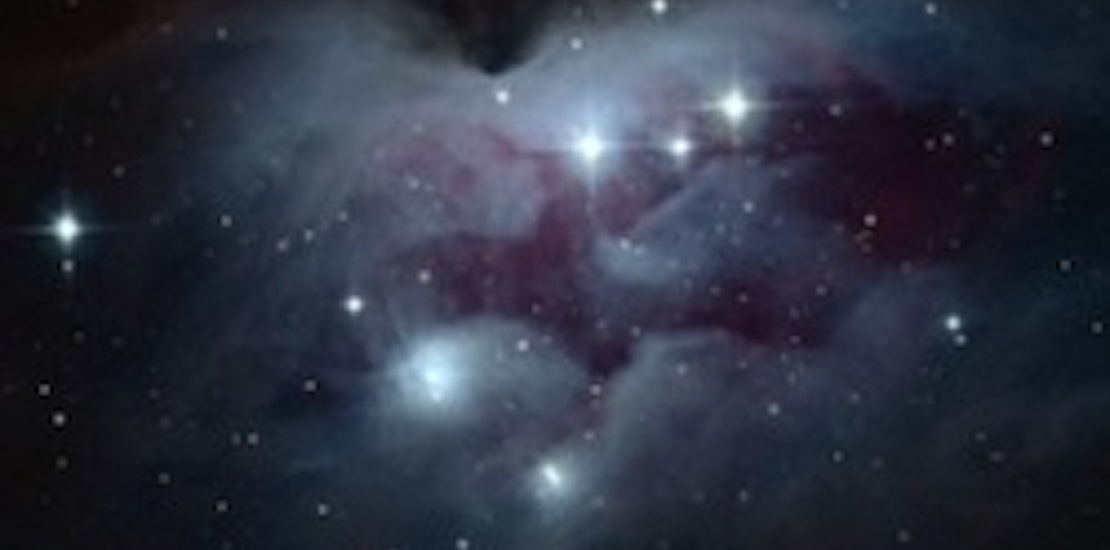Look, Up in the Sky!

For school-age kids, one of the great joys of summer is the opportunity to stay up late. They may be tempted to spend those extra hours in front of the TV, but when they're with you, don't let them. Instead, grab a blanket and some binoculars, if you have them, and show them to the wonders of the night sky.
The best time to stargaze is when the moon is small and the sky is clear — during the new moon is optimal. Find a spot where there’s some open space and a minimum of man-made light, like a playground or field. If you live in a rural area, the stars may be so clear and bright that it will be harder to spot constellations.
Seeing Stars
The tricky thing about constellations (which are simply groups of stars), is that depending on the season, or even the day, they appear in different places in the night sky. As the earth's position changes, so do the relative positions of the stars. Some constellations, like Orion ("The Hunter"), are only visible at certain times of the year. Others, like theBigDipper, can be seen year-round, but in different positions in the sky. Print out a nightly star guide from a website like KidsAstronomy.com or TLCFamily.com or check out the one available in many daily newspapers. You can even call your local planetarium for an automated night sky report.
Until kids are very familiar with what the constellations look like, bring a kid-friendly guide and a flashlight with you when you go out hunting for stars. Good books for beginners include Glow in the Dark Constellations: A Field Guide for Young Stargazers (Grosset & Dunlap, 1989), by C.E. Thompson; Stars: A New Way to See Them (Houghton Mifflin, 1976) and Find the Constellations (Houghton Mifflin, 1976), both by H.A. Rey, who is better known as the co-creator of Curious George.
Cosmic Tales
One of the best things about stargazing is the stories and myths that go along with it. Thousands of years ago, stargazers saw in the constellations the shapes of certain animals or people. The Greeks and Romans in particular named the star groups after the characters of their mythology, such as Cygnus and Taurus. Even though it may be hard for us to picture what the early astronomers saw, we still call the constellations by the names those ancient civilizations coined.
Stargazing with your grandchild is more than just a scientific or literary activity. Every outing is an opportunity to share stories and create memories, and it's completely free. If astronomy becomes a serious shared passion, you can invest in your grandchild's new hobby when his or her birthday rolls around; a good pair of binoculars never goes out of style. Best of all, by opening the skies to your grandchildren, you're teaching them a skill they can enjoy the rest of their lives, and share with future generations as well.
Your Map to Stars' Homes
All of the major constellations are actually quite large in the sky. For example, if you hold your hand out at arm's length and spread your fingers, Orion will be at least as large as your hand. Keep this scale in mind as you get started searching for constellations. Once you have found the largest, like Orion and the BigDipper, you can start to get used to seeking and recognizing the patterns of the other constellations. It's actually pretty easy once you get started. Here are a few other tips to get you going:
The Big Dipper
This constellation is part of Ursa Major ("the Great Bear"), and is one of the most visible star groups in the sky. It's comprised of seven stars that appear to form the shape of a dipper, or squared-off ladle.
The Little Dipper
Part of the Ursa Minor ("the Small Bear"), this looks a lot like the Big Dipper but is not as bright. At the end of the "handle" is Polaris, or the North Star, which is the only star that, to our eyes, doesn't appear to move, so it will always show you which direction is north.
Orion
This is the brightest constellation in the winter sky. The three stars lined up in the middle are known as Orion's Belt. Sirius, the brightest star in the sky, can be seen below and to the left of Orion.
Make a Comment
 by
DianeHoffmaster | LILBURN, GA
by
DianeHoffmaster | LILBURN, GAI have an awesome stargazing app for my iphone that is really helpful in identifying what you are seeing. Thanks for all the info!










_01252024061712.jpg?max-w=432&max-h=220&fit=crop&auto=format)

_10242023164832.jpg?max-w=432&max-h=220&fit=crop&auto=format)


_08172023152001.jpg?max-w=432&max-h=220&fit=crop&auto=format)


 (6)_07082023175312.jpg?max-w=432&max-h=220&fit=crop&auto=format)
 (1)_05192023144508.jpg?max-w=432&max-h=220&fit=crop&auto=format)

 (37)_05032023114523.jpg?max-w=432&max-h=220&fit=crop&auto=format)
 (3)_04112023125932.jpg?max-w=432&max-h=220&fit=crop&auto=format)
 (36)_04272023152113.jpg?max-w=432&max-h=220&fit=crop&auto=format)